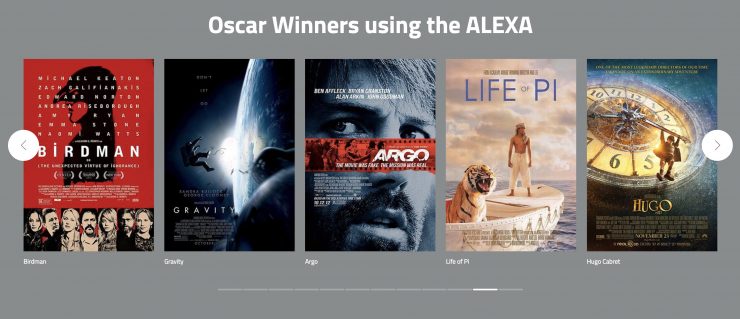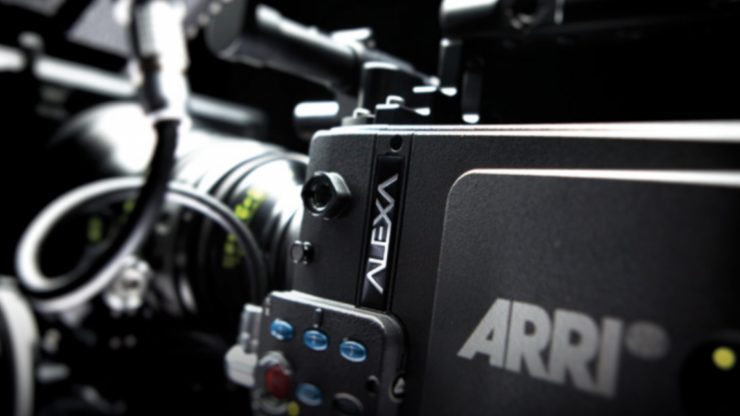
ARRI is celebrating ten years of the ALEXA digital camera system. The original ALEXA was announced in April 2010 and 10 years later the camera system still stands on top of the perch when it comes to digital acquisition.
The ALEXA has become the modern digital industry standard in many ways. The camera has been used in high budget feature films, television shows, and commercials by some of the world’s leading cinematographers. Since 2010, a variety of ALEXA camera models have been introduced, including the new ALEXA LF and ALEXA Mini LF and ARRI Rental’s exclusive ALEXA 65
Let’s go back 10 years
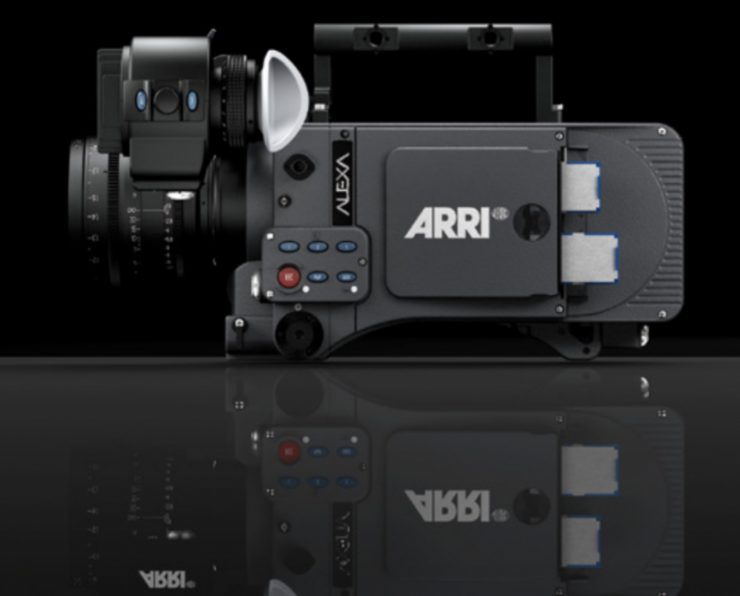
In April 2010 Arri released the ALEXA. The camera wasn’t ARRI’s first foray into digital cinematography, that came in the form of Arriflex D-20 and D-21. However, the ALEXA was a huge step up over the Arriflex D-21 and it combined a Super 35 sized CMOS sensor that could shoot in resolutions of up to 2880×2160 (2K) with the ability to capture uncompressed video or proprietary RAW (ARRIRAW) data.
Robert Richardson ASC was the first cinematographer to use ALEXA officially in 2010 on the feature film “Hugo.” Roger Deakins CBE, ASC, BSC first film using the ALEXA was 2011’s “In Time”.
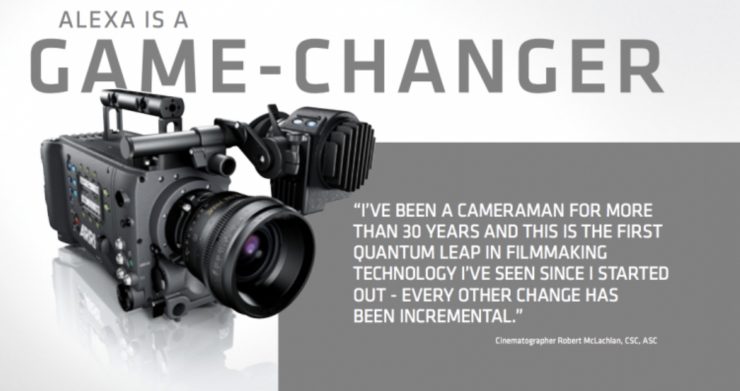
The Alexa was arguably the first camera that persuaded a lot of DP’s to make the switch from film to digital. Roger Deakins ASC BSC, said this after using the ALEXA on the James Bond film Skyfall- “The ALEXA’s tonal range, color space, and latitude exceed the capabilities of film. This camera has brought us to a point where digital is simply better.”
The science of the sensor
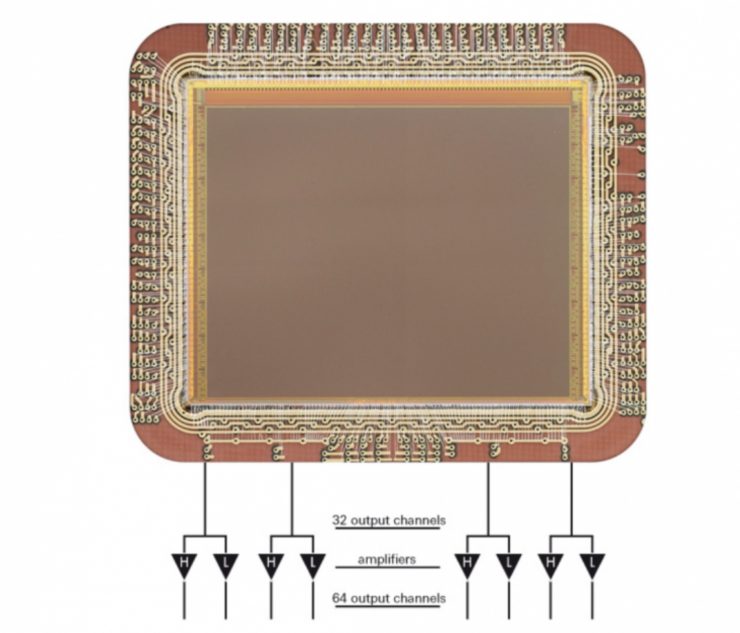
All ALEXA cameras feature a variation of the same sensor. The ALEXA ALEV III 3392×2200 (28.17×18.13mm) sensor has a pixel size of .00825mm, and even today, more than seven years after it was first announced, it’s still considered one of the best sensors on the market. This is a true testament to just how good this sensor is. The ALEV III sensor oversampled images intended for HD or 2K distribution. This oversampling has become commonplace amongst manufacturers who build sensors for digital cinema cameras.
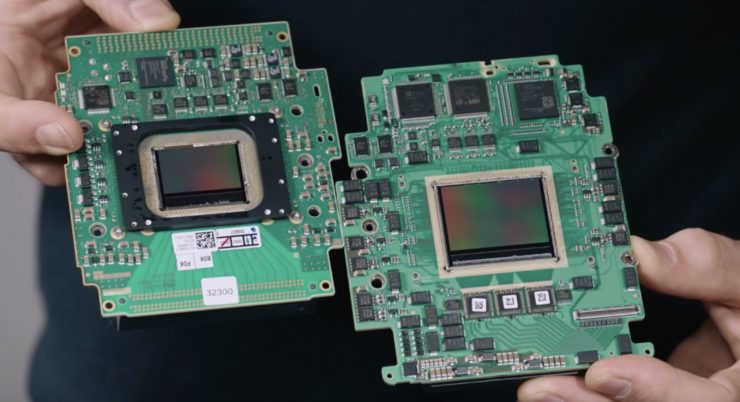
One of the reasons the ALEV III is slightly larger than a Super 35 frame, was so users could see 10 percent beyond the edges of the recorded frame. This capability is crucial so you can see what is going to come into frame. At the time this functionality was only available to optical viewfinders but was unheard of in any type of electronic viewfinder.
Unique for a digital sensor was the height of the ALEXA sensor, which allows a number of sensor modes only available in ALEXA cameras, including those needed for shooting with anamorphic lenses. The sensor’s 3.4K horizontal photosite count delivered unusually large photosites for an optimal balance between image sharpness on the one hand and high dynamic range, high sensitivity, and a low noise floor on the other.
Although the science behind the breakthrough performance of ALEXA’s custom-designed CMOS sensor is complex, the use of large photosites and a Dual Gain Architecture are its two main principles. By employing unusually large photosites (in today’s world of tiny cell phone sensors), ALEXA’s sensor exhibits high dynamic range, high sensitivity, and low crosstalk. The larger a photosite is, the more light it can capture, and the lower the noise.
The Dual Gain Architecture simultaneously provides two separate read-out paths from each pixel with different amplification. The first path contains the regular, highly amplified signal. The second path contains a signal with lower amplification, to capture the information that is clipped in the first path. Both paths feed into the camera’s A/D converters, delivering a 14-bit image for each path. These images are then combined into a single 16-bit high dynamic range image. This method enhances low light performance and prevents the highlights from being clipped, thereby significantly extending the dynamic range of the image.
The fact a sensor that is 10 years old is still considered by many to be the benchmark in the industry is testament to just how good it was and continues to be.
A variety of ALEXA platforms

Since its introduction 10 years ago, the ALEXA has evolved and morphed into several different versions. In all, there have been 19 variations of the ALEXA, if you include the ALEXA 65.
There have been ten different cameras in the ALEXA family introduced over the years, so let’s have a look at all of them. The ALEXA series can be broken down into 6 groups:
- ALEXA CLASSIC Cameras
- ALEXA XT Cameras
- ALEXA SXT Cameras
- ALEXA 65
- ALEXA MINI
- ALEXA LF cameras
Here are all of the ALEXA models that have been released to date:
- ALEXA
- ALEXA Plus
- ALEXA Plus 4:3
- ALEXA M
- ALEXA Studio
- ALEXA HD
- ALEXA HD Plus
- ALEXA XT
- ALEXA XT Plus
- ALEXA XT M
- ALEXA XT Studio
- ALEXA SXT EV
- ALEXA SXT Plus
- ALEXA SXT Studio
- ALEXA SXT W
- ALEXA 65
- ALEXA Mini
- ALEXA LF
- ALEXA Mini LF
ARRI ALEXA CLASSIC Cameras
First-generation ALEXAs are called ALEXA Classic cameras. They were released between 2010 and 2012. They have exceptional image performance and are simple to operate, reliable in the most extreme environments, and versatile enough to cover a wide range of workflows and budgets. They will empower you to tell your story with pictures of breathtaking richness and detail.
ALEXA Classic camera models are the:
- ALEXA
- ALEXA Plus
- ALEXA Plus 4:3
- ALEXA M
- ALEXA Studio
- ALEXA HD
- ALEXA HD Plus
The ALEXA HD and HD Plus are the basis for the ALEXA Fiber Remote and Fiber Remote Plus camera sets. All ALEXA Classic cameras are equipped with an SxS Module located on the left side of the camera with two slots for SxS PRO or SxS PRO+ cards.
ALEXA Classic cameras can be upgraded with the XR Module and other parts for most of the features of ALEXA XT cameras except Open Gate sensor mode.
ARRI ALEXA
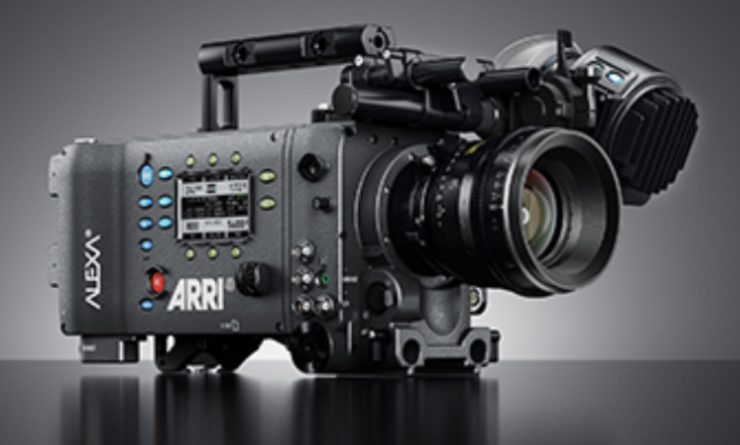
The ALEXA used the ALEV III CMOS sensor (3392×2200 effective pixels) and could shoot in resolutions up to 2880×2160. It had a PL mount and supported the recording of uncompressed video or proprietary RAW (ARRIRAW) data. The ALEXA’s CMOS Super 35mm sensor was rated at ISO 800. That sensitivity allowed the camera to see a full seven stops of overexposure and another seven stops of underexposure, an unprecedented 14+ stops of dynamic range, which at the time was unheard of for digital capture. The 14+ stops of dynamic range were available over the entire sensitivity range from EI 160 to EI 3200
ARRI ALEXA PLUS
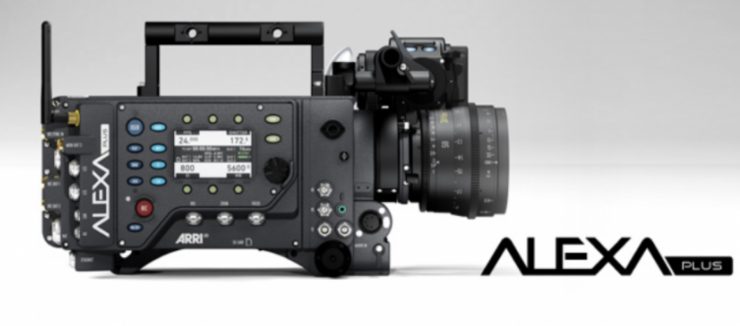
The ALEXA Plus added integrated wireless remote control, the ARRI Lens Data System (LDS), additional outputs, lens synchronization for 3D, and built-in position and motion sensors.
ARRI ALEXA PLUS 4:3
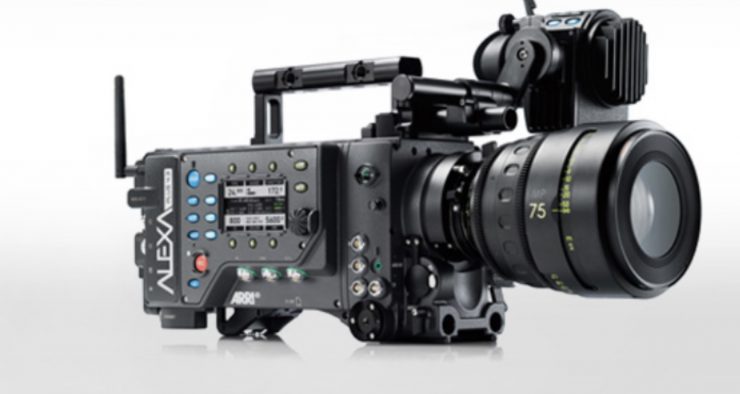
The ALEXA Plus added integrated wireless remote control, the ARRI Lens Data System (LDS), additional outputs, lens synchronization for 3D, and built-in position and motion sensors and a 4:3 sensor which enabled the camera to shoot in a 2x anamorphic mode.
ARRI ALEXA M
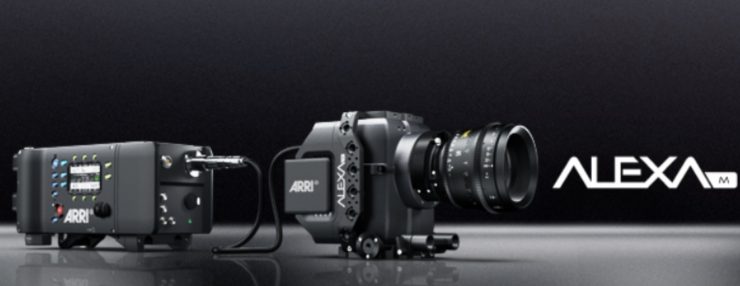
The ALEXA M had its imaging and processing unit broken down into two parts to be small, compact, and lightweight for 3D rigs and to use in spots where a traditional ALEXA couldn’t go.
ARRI ALEXA STUDIO
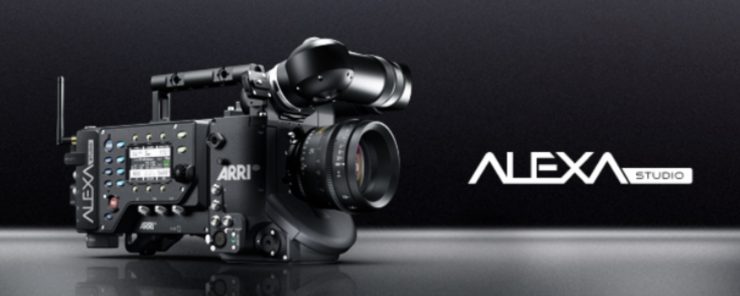
The ALEXA Studio featured an optical viewfinder, mechanical shutter, and a 4:3 sensor.
ARRI ALEXA HD
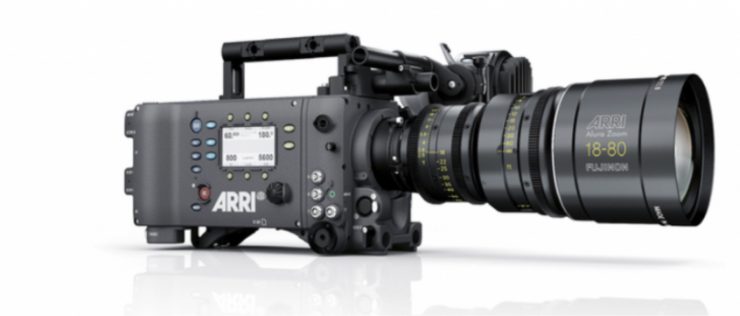
The ALEXA HD was a “budget” (well at least as far as ARRI cameras go) camera that shared the same 14+ stops of dynamic range, a native ISO of 800, SXS card capture, and C-log recording in 10-bit up to 120FPS. It used the same ALEV III CMOS sensor found in the standard ALEXA, but only allowed users to record in 1920×1080 resolutions.
ARRI ALEXA XT cameras
Second generation ALEXAs are called ALEXA XT cameras (Xtended Technology). They were released between 2013 and 2016. In addition to all the features of the ALEXA Classic cameras, they are equipped with a Super 35 sensor (with Open Gate and 4:3 sensor modes), in-camera ARRIRAW up to 120 fps, ProRes 4444 XQ, ProRes 3.2K, internal ND filter, Lens Data System, integrated CDL capture and ARRIRAW checksum. In addition, they have a new viewfinder mounting bracket, include anamorphic de-squeeze and high-speed licenses as well as a new, super silent fan. ALEXA XT cameras are the ALEXA XT, ALEXA XT Plus, ALEXA XT M, and ALEXA XT Studio. The XR Module is on the left side of the camera. It has one slot for either an XR Capture Drive, the SxS Adapter for use with one SxS PRO or SxS PRO+ card, or the CFast 2.0 Adapter for use with one CFast 2.0 card.
ALEXA XT
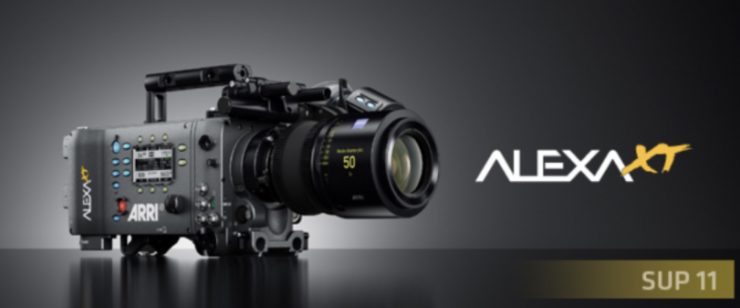
In February 2013, ARRI unveiled the ALEXA XT (XT standing for extended technology). The XT was an upgraded version of the original ALEXA cameras. It added an XR module, which replaced the SxS module. This XR module allowed RAW recording without the need for an external recorder. Further improvements included an internal ND filter unit, a 4:3 sensor, and a quieter cooling fan.
ALEXA SXT cameras
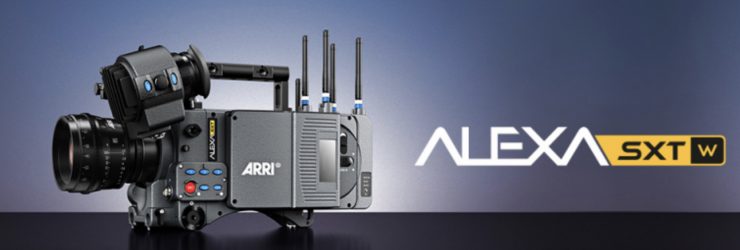
Third generation ALEXAs, released in 2016, are called ALEXA SXT cameras (Super Xtended Technology).
ALEXA SXT cameras are the:
- ALEXA SXT EV
- ALEXA SXT Plus
- ALEXA SXT Studio
- ALEXA SXT W
While keeping the sensor and user interface of the original ALEXA design, the capabilities of ALEXA SXT cameras have been greatly extended. Equipped with the powerful electronics and sophisticated image processing from the ALEXA 65, SXT cameras can manage more recording formats and handle more processor-intensive tasks such as calculating looks with 3D LUTs or color space conversions to Rec 2020, all in real-time. Building on work done originally for the ALEXA Mini and AMIRA, the new ARRI looks management and optional noise reduction help creative filmmakers get their ideas across. And last but not least, the new media bay can accept a wide range of media, as well as the new, high-performance SXR Capture Drives.
the SXT line of ARRI ALEXA cameras which supports in-camera upscaling of Apple ProRes to 4K (UHD) resolution and Rec. 2020 color space. Arri also announced the SXR module which can upgrade XT, XT Plus, and XT Studio cameras with the SXT features.
The SXR Module is on the left side of the camera. It has one slot for either the XR Adapter for use with an XR Capture Drive, the SXR Adapter for use with an SXR Capture Drive, the SxS Adapter 2 for use with one SxS PRO or SxS PRO+ card or the CFast 2.0 Adapter 2 for use with one CFast 2.0 card.
ARRI ALEXA 65
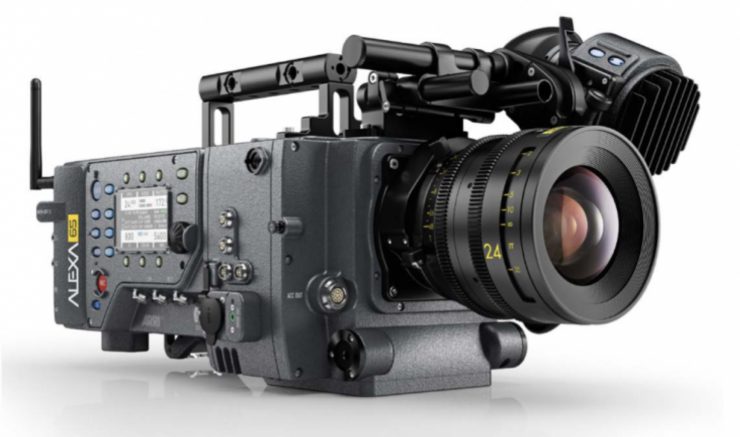
On 21 September 2014 at the Cinec convention in Munich, ARRI announced the ALEXA 65, a 6k 65mm digital cinema camera. The camera features a sensor that is slightly larger than a 65mm 5-perf film frame and is comprised of three ALEXA sensors that are arranged vertically and seamlessly stitched together.
The ALEXA 65 subsequently became the go-to large-format solution for high-end theatrical motion pictures. The cameras are only available through ARRI Rental. The ALEXA 65 has become so sought after that there is a long waiting list for anyone who wants to use one. The camera has been used on films such as The Revenant, Wonder Woman, Mission Impossible – Rogue Nation, Transformers – The Last Knight, Okja, Rogue One, The Dark Tower, War For The Planet Of The Apes, Life, and Thor – Ragnarok just to name a few.
ARRI ALEXA MINI
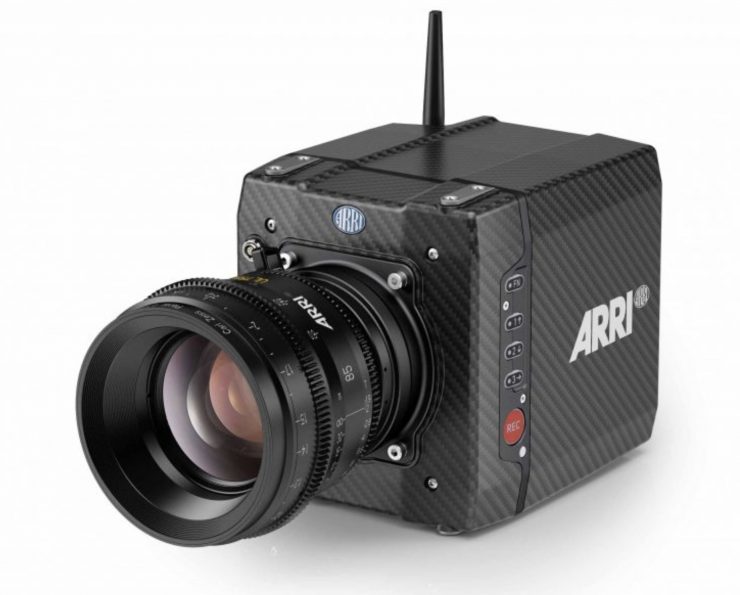
On 24 February 2015 Arri announced the ALEXA MINI. It has the same sensor as the other Alexa cameras but was a shrunken down version of the larger ALEXAs that was meant to be for drones, gimbals, and crane use. Little did ARRI know at the time, that the MINI has gone on to become probably the most widely used of all the ALEXA cameras. The MINI features in-camera recording to CFast 2.0 cards, the ability to record up to 200 FPS, and 4K UHD in-camera upscaling. It can also shoot at various resolutions, including 4:3 open gate.
ALEXA LF cameras
This consists of the ALEXA LF and the ALEXA Mini LF.
ALEXA LF
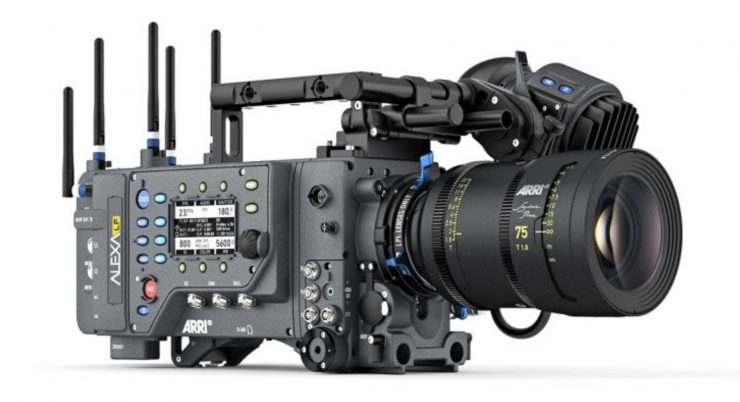
In early 2018, they announced the ALEXA LF, the companies first large format sensor camera that you could buy.
The ALEXA LF’s A2X sensor wasn’t really new per se, it was based on two vertical ALEV-III sensors, which are stitched together to create a seamless large format image. This is the same principle of how ARRI created the ALEXA 65, which uses three AlLEXA sensors that are arranged vertically.
The ALEXA LF marked the first time (if you don’t count the ALEXA 65) ARRI had released a camera with a sensor that is capable of recording 4K images without the need for upscaling. The ALEXA LF can record in Open gate in a resolution of 4448 x 3096.
ALEXA Mini LF
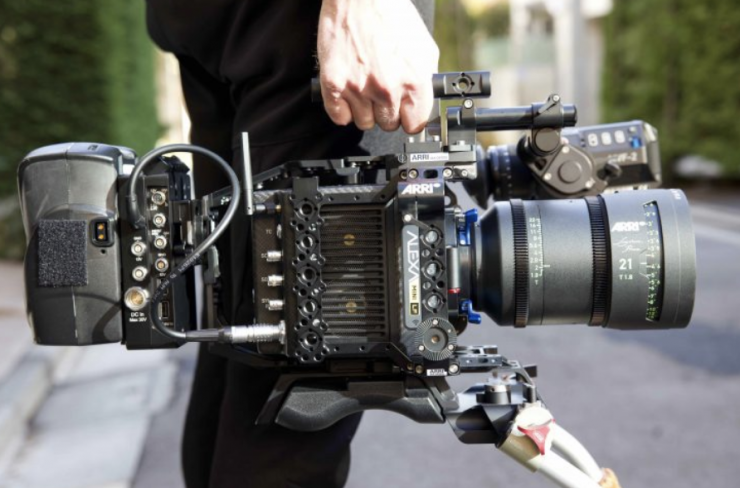
In March 2019, ARRI announced the ALEXA Mini LF. ARRI took everything people loved about the ALEXA Mini and improved on it.
While not identical to the current ALEXA Mini in terms of size, the Mini LF is very close. The Mini LF still shares the same basic design and form factor that users liked. The biggest difference, of course, was the sensor size.
I did a comprehensive review of the ALEXA Mini LF a few months ago. You can read that review here.
With a highly upgradeable system architecture, the ALEXA has evolved through new models as well as software updates and hardware upgrades.
An impressive resume
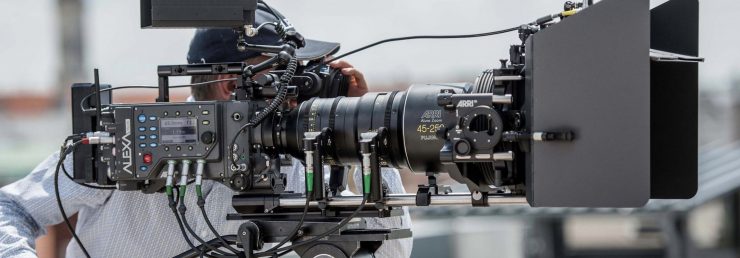
The ALEXA’s resume speaks for itself. The ARRI ALEXA was recognized with a Scientific and Engineering Award from the Academy of Motion Pictures Arts and Sciences and an Engineering Emmy from the Television Academy. More importantly, it has also helped innumerable filmmakers create award-winning work.
Movies shot on the ARRI ALEXA digital platform won the Academy Award for Best Cinematography 5 times in a row respectively for Hugo (2012), Life of Pi (2013), Gravity (2014), Birdman (2015) and The Revenant (2016).
Roger Deakins CBE, ASC, BSC won in 2018 for Blade Runner 2049. Alfonso Cuarón won in 2019 for Roma and Deakins won again in 2020 for 1917.
Variations of the ALEXA were used by cinematographers who won the award for Best Cinematography at the Oscars every year since 2012 except for 2017.
Arri Alexa cameras were also used on the following films that won the Academy Award for Best Picture:
- Hugo (2011)
- Birdman (2015)
- Spotlight (2016)
- Moonlight (2017)
- The Shape of Water (2018)
- Green Book (2019)
- Parasite (2020)
The ALEXA platform continues to be widely used throughout the industry by cinematographers who have the choice to use any camera system they want. The fact that a large proportion of cinematographers choose to use the ALEXA platform over other available options speaks for itself.
Happy birthday ALEXA.
Like what we do and want to support Newsshooter? Consider becoming a Patreon supporter and help us to continue being the best source of news and reviews for professional tools for the independent filmmaker.



